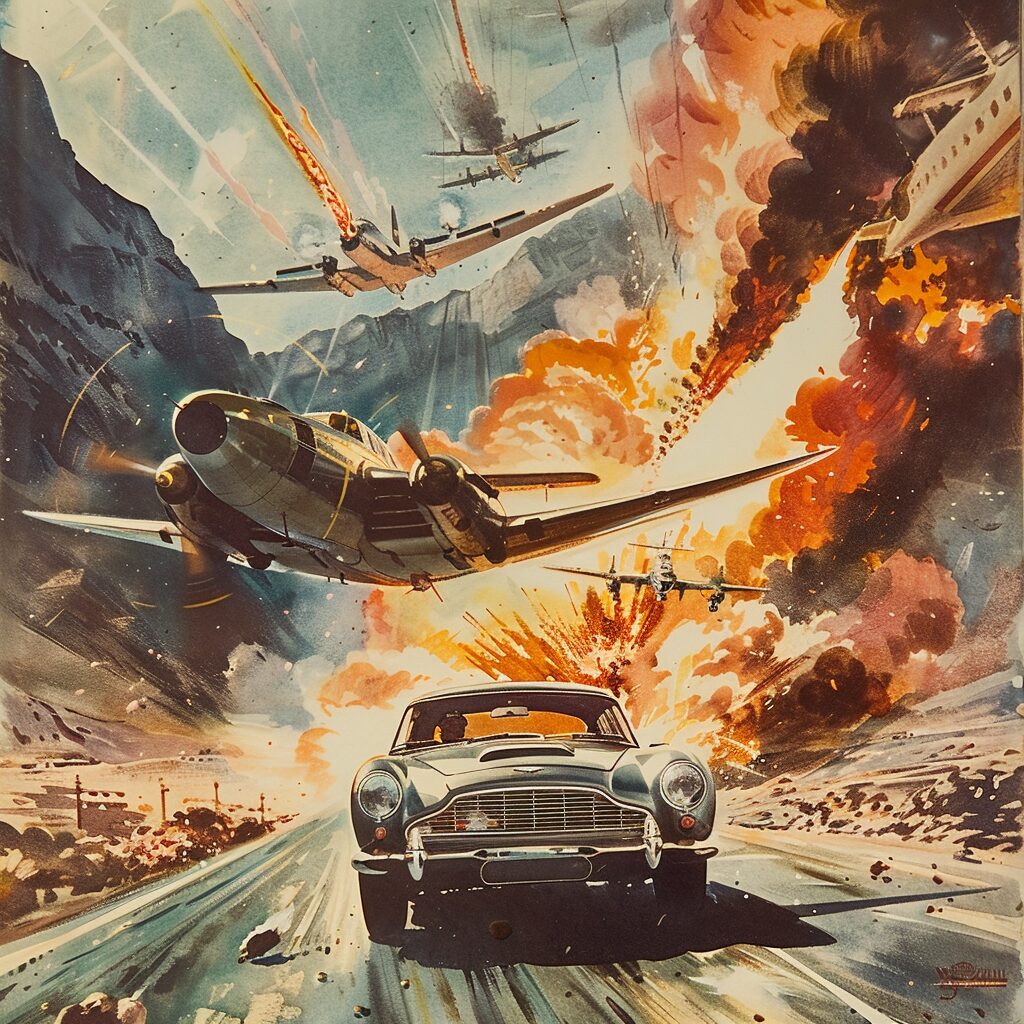Q-BRANCH Film Notes



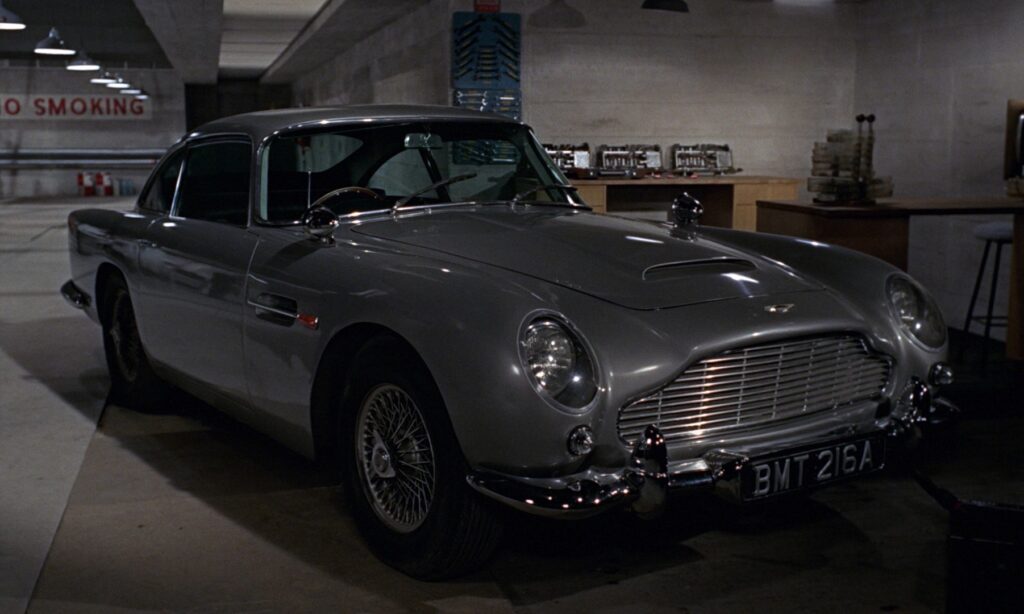
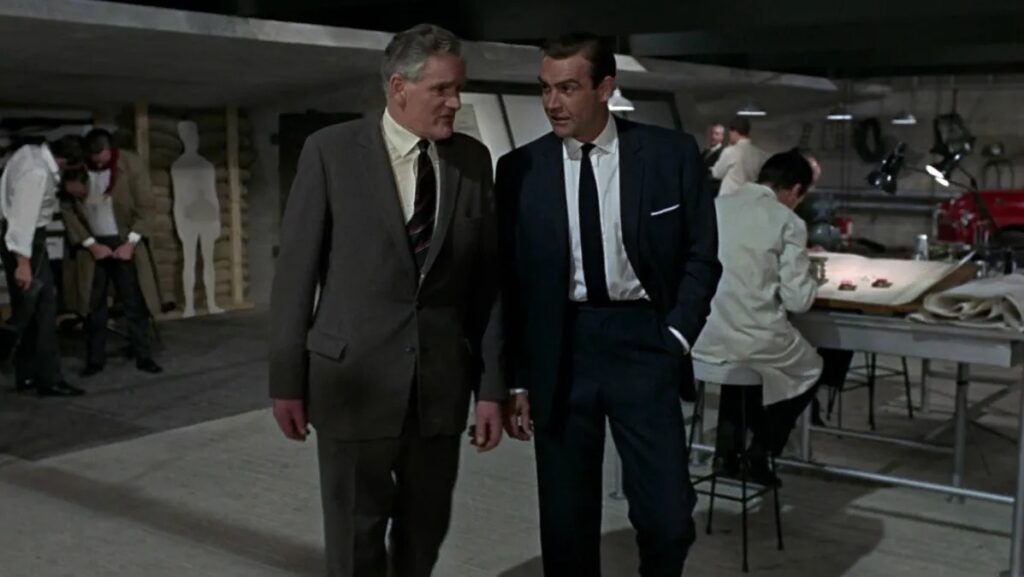
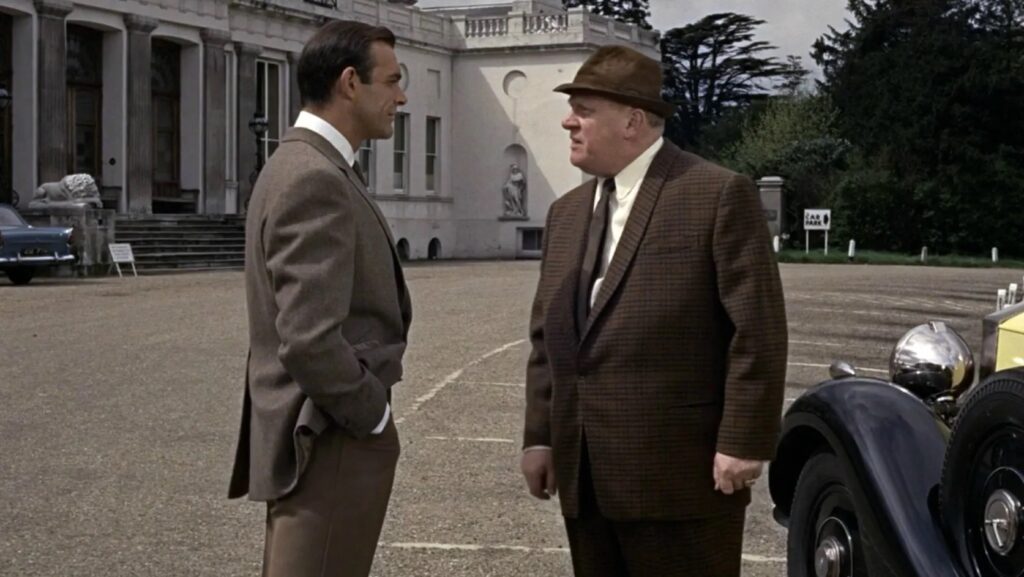
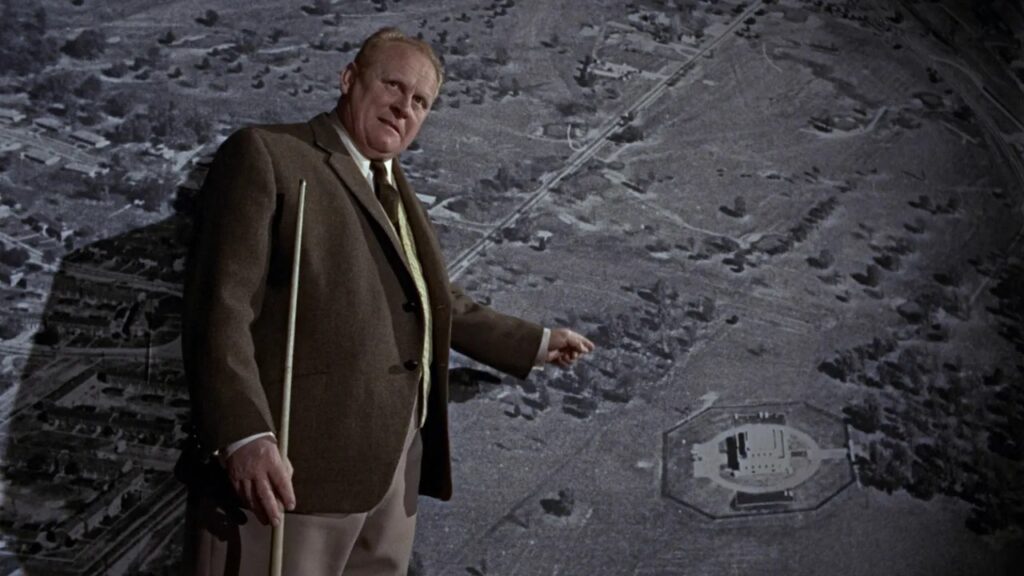
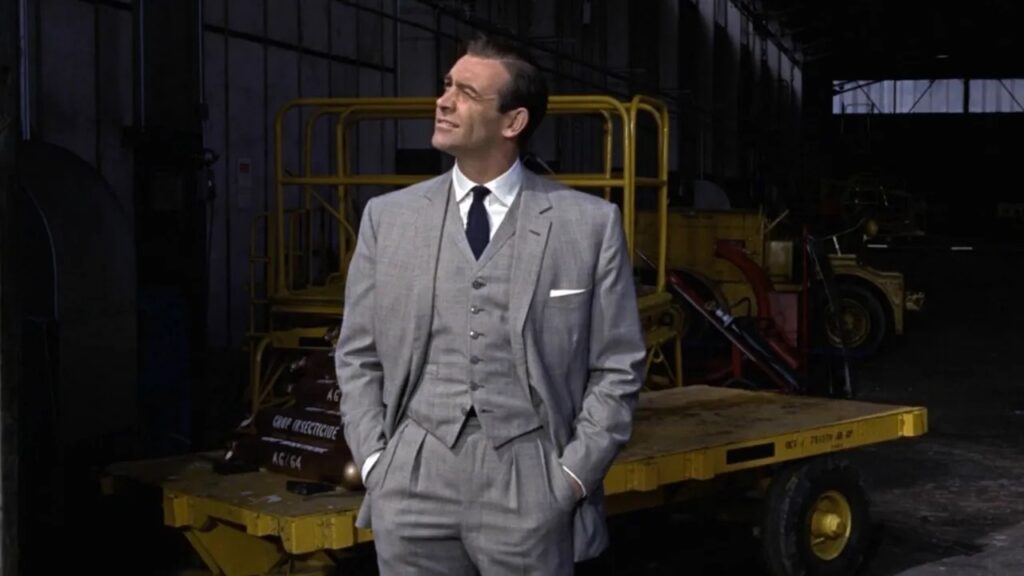

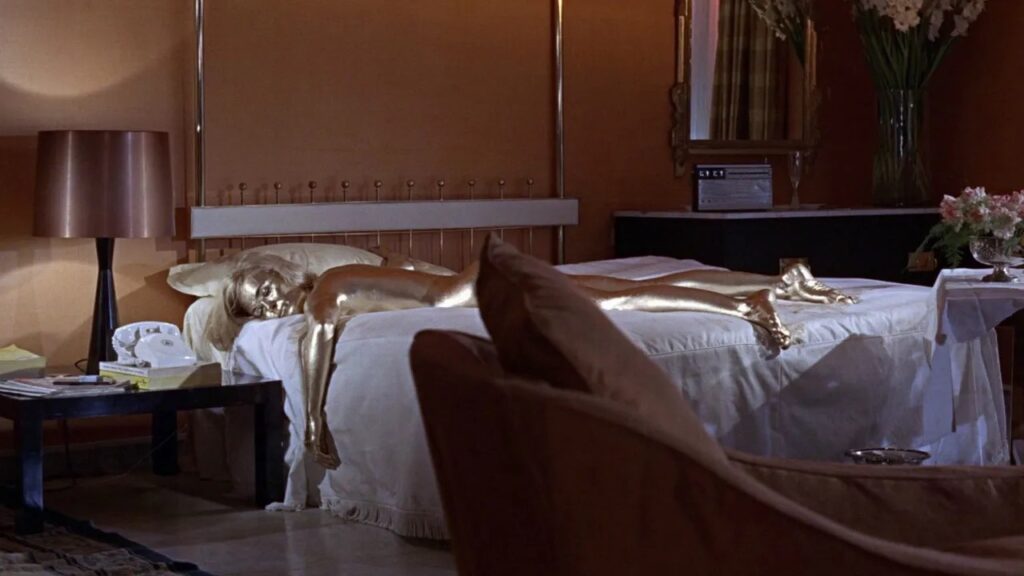
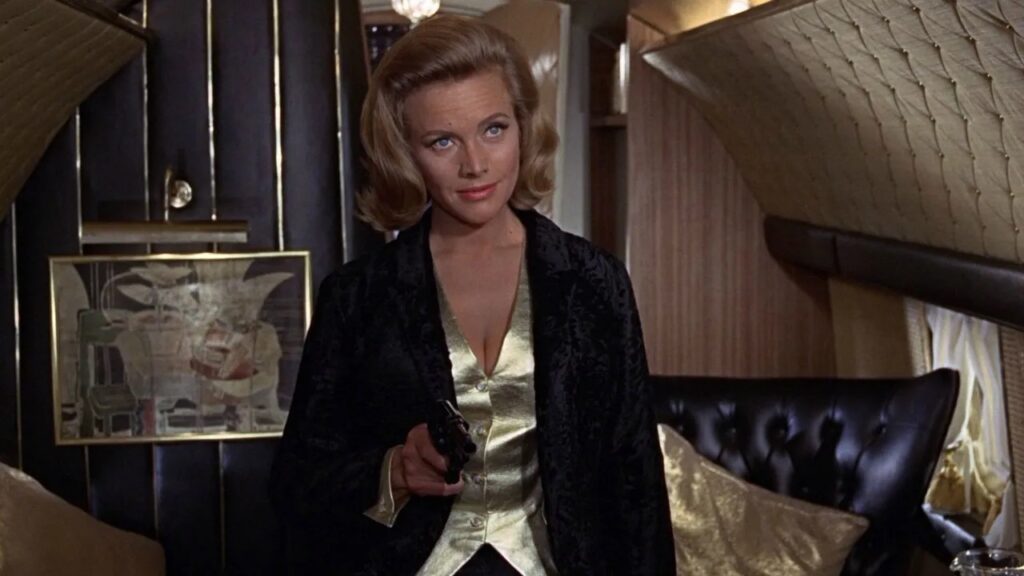
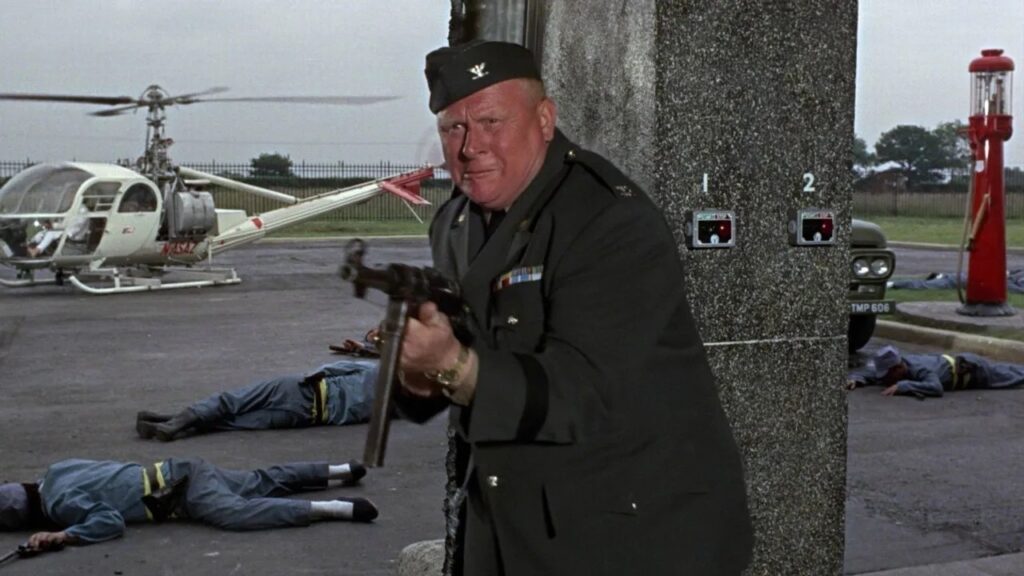
Probably the best, certainly the most iconic James Bond film. Quintessential: if you only could screen one 007 film, this would be the one.
This year its the 60th anniversary of the release of the third James Bond film, Goldfinger.
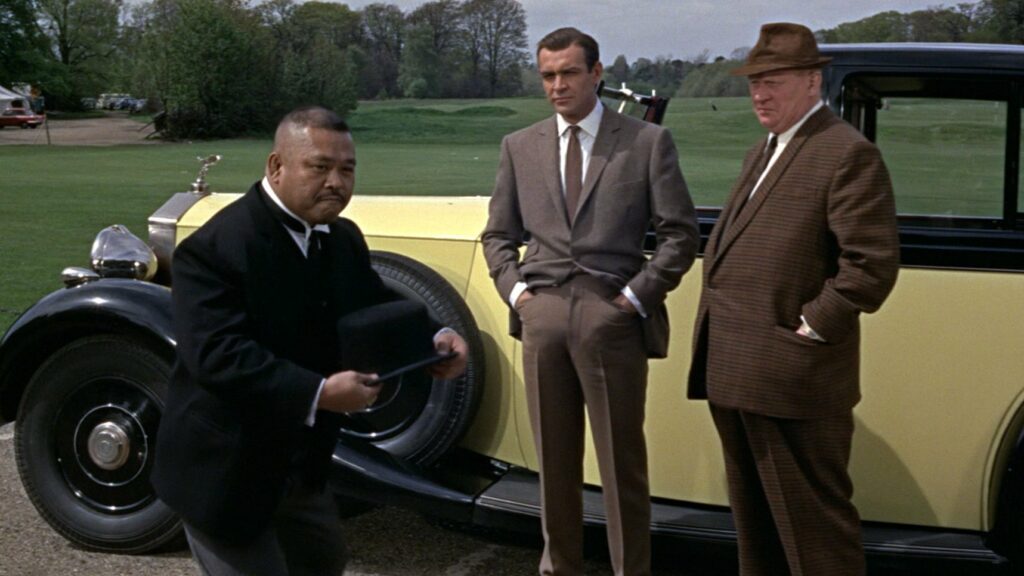
In retrospect, it’s very easy to understand why Goldfinger was a smash hit, critically and commercially.
- After two pictures, producers Harry Saltzman & Albert R. Broccoli and star Sean Connery knew exactly what they were doing. Goldfinger is the archetypical well-oiled machine.
- Screenwriter Richard Maibaum was also operating in familiar territory with two Bond films under his belt. He would write or co-write 13 of the first 16 Bond films – most of them adapted from Ian Fleming’s novels.
- Though the third film in the series, it is based on the seventh 007 novel, and Fleming is in good form by that point. (It was the last novel he wrote before the Thunderball debacle and in some ways he never really recovered from that. He passed away a few months before the film release of Goldfinger.)
- It’s a fairly linear story. The bad guy is immediately identified – he even appears in the pre-credits scene. Other than his henchman Oddjob, he doesn’t have a massive organization behind him or secret underground lair. His plan is involved but not overly elaborate.
- Production Designer Ken Adam, who was so important on Dr. No but absent for From Russia With Love, is back to great effect. The same is true of stunt coordinator Bob Simmons, another unsung hero of the series.
- It doesn’t hang around for no reason – it’s only 110 minutes and those are all used efficiently. Only Dr. No & Quantum of Solace are so short.
- The image of the deceased Jill Masterson (Shirley Eaton) completely covered in gold paint is one of the most striking images the series has ever produced.


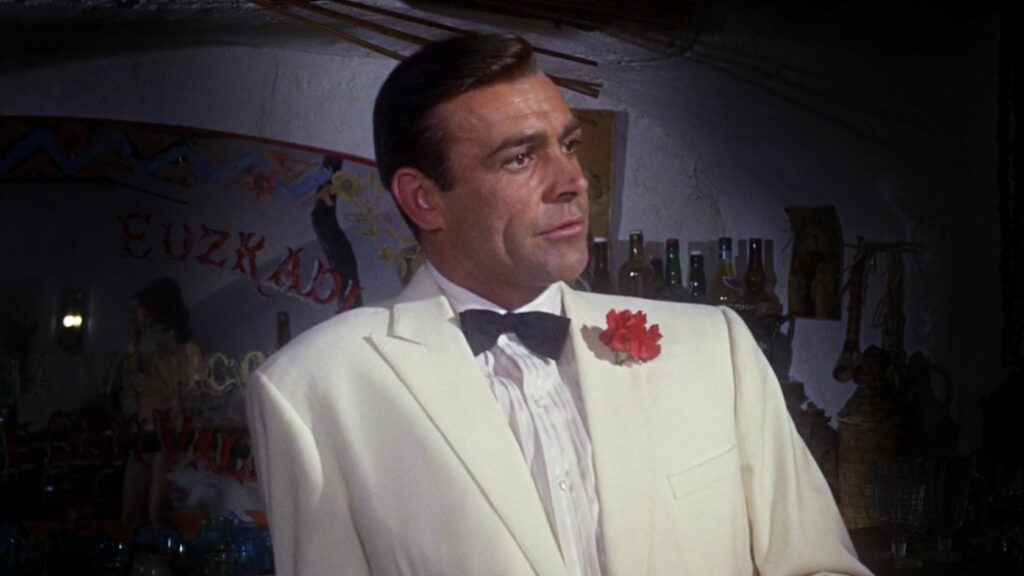
- The girl. Honor Blackman as Pussy Galore (really?) was 39 at the time, making her the oldest Bond girl ever.


- First time putting 007 in the United States, even if Connery never set foot on the continent.
- Q (Desmond Llewelyn) makes his second appearance in this film, but it’s the first time we go to Q Branch’s workshop and see all of the toys.

Of course, it’s not all sunshine and lollipops, but most of the issues with the film are more “what could have been” thoughts:
- Q Branch: while this is fun, knowing that this stuff would soon start being the tail wagging the dog makes it a little less enjoyable. This was pretty much the end of James Bond actually spying; he was strictly an action hero after this film.
- Gert Fröbe has a definite presence on screen, even if all of his dialogue is dubbed, but I’ll never really be comfortable with an admitted former Nazi Party member actually gassing people, even if they are gangsters. At least there’s Harold Sakata’s Oddjob to keep things light. I still think it would have been interesting if they got their first choice, Orson Welles…
- At the end the credits state “James Bond will return in On Her Majesty’s Secret Service“. But he didn’t. They couldn’t get it happening and went with the lawsuit riddled Thunderball. I know it was an even bigger film than Goldfinger and the height of Bond mania, but I have very mixed feelings about the picture, considering it to be a very flawed film despite containing some series highlights. Even after that they still didn’t do OHMSS, but they went with You Only Live Twice, one of the weakest films of the entire series. On Her Majesty’s Secret Service is one of the best Bond films and one of my personal favorites, and while I think George Lazenby did a wonderful job, I would have loved to see Connery’s take on it.
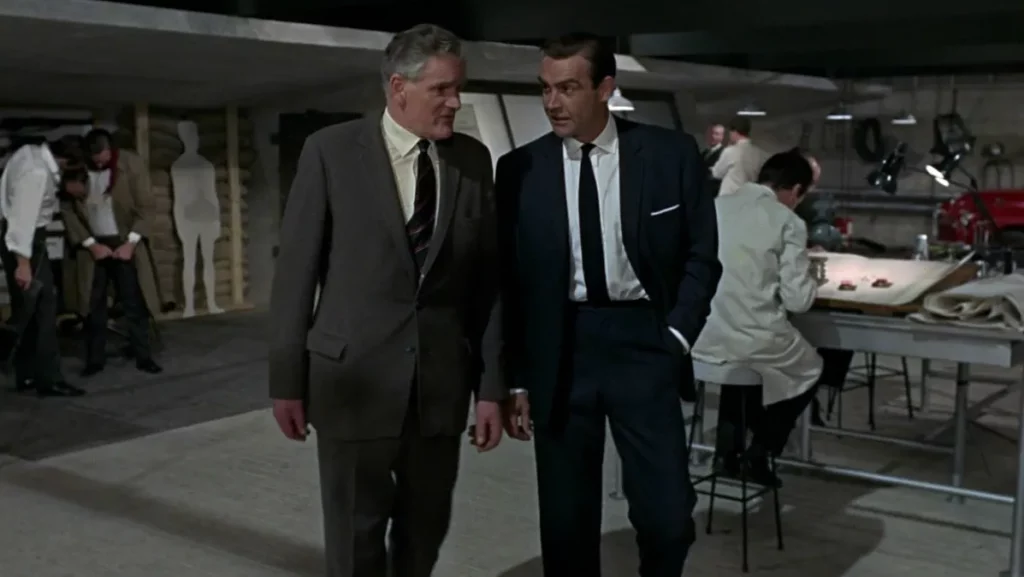
Goldfinger is one of those landmark films that you wish you could see with fresh eyes. It’s nearly perfect and there’s a reason it tops most peoples lists. Picking your favorite Bond is like picking your favorite Beatles album – there’s no wrong answer. But picking the best? Got to go with Goldfinger.



